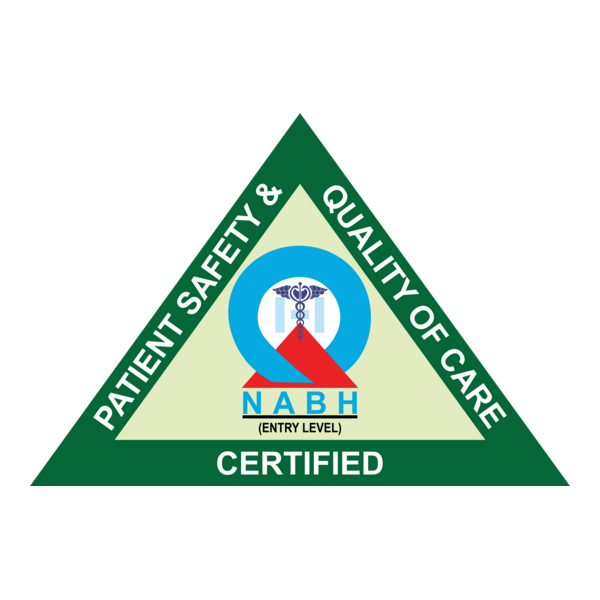Corneal Disease Management
Definition
Corneal diseases affect the clear, outer layer of the eye (the cornea), leading to vision problems such as blurriness, pain, redness, or light sensitivity. Corneal disease management involves diagnosing, treating, and preventing conditions affecting the cornea to preserve or restore clear vision.
Purpose of Corneal Disease Management
To diagnose corneal conditions early and accurately
To prevent progression of corneal damage
To relieve symptoms like pain, irritation, or light sensitivity
To restore or improve vision affected by corneal disorders
Types and Methods of Management
Medications
Eye drops, ointments, or oral medications for infections, inflammation, or allergies
Treats conditions like bacterial, viral, or fungal keratitis
Corneal Procedures
Corneal Scraping or Debridement: Removes damaged tissue to promote healing
Corneal Cross-Linking: Strengthens the cornea in conditions like keratoconus
Amniotic Membrane Grafts: Used to repair corneal surface defects
Corneal Transplant (Keratoplasty)
Full or partial corneal transplant for severe damage or scarring
Restores clarity and vision when other treatments are insufficient
Supportive Measures
Use of therapeutic contact lenses for protection and symptom relief
Regular follow-ups to monitor healing and prevent recurrence
Benefits of Corneal Disease Management
Prevents vision loss due to corneal damage
Reduces pain, irritation, and other discomforts
Restores clear vision in severe or advanced cases
Improves quality of life through proper eye care and treatment


